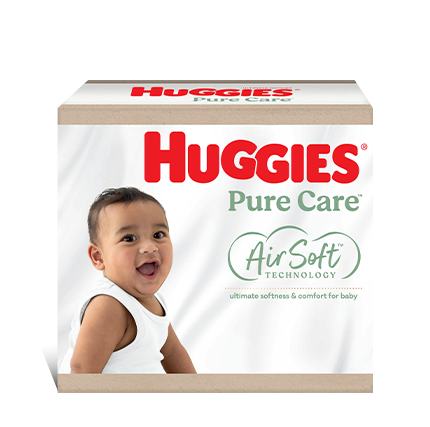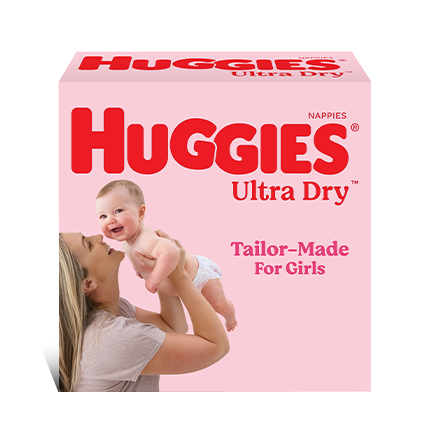Assault on our taste buds; are we eating too much salty food?
You could safely say that most homes across Australia and New Zealand have a salt shaker in the cupboard. While it is important to keep in mind that sodium is absolutely integral to health and indeed life itself, there is a health issue associated with excessive salt intake. Like most things to do with our bodies, if you tilt the scales to imbalance there are a whole host of effects that occur, largely in order to redress the balance.
Sodium is involved in many bodily functions. One of which is that it helps to keep the pressure inside our vessels at the right level, allowing compounds to move in and out of cells and body areas as they need to. Our kidneys help regulate the amount of fluid that stays in our body or is expelled via urine. Sodium levels in the body act as a trigger for the kidneys; the more concentrated the level of sodium, the more our kidneys will want to remove the excess sodium. Water and sodium like to hang out together and where sodium goes water tends to tag along; hence the more our kidneys attempt to remove excessive sodium the more water we will also lose. So now you can see the link between salty foods and thirst, but this may also help make sense of why excessive salt intake has been linked to high blood pressure. The more pressure in our vessels, as a result of movements in fluid, the harder our heart must work to move our blood and the higher our blood pressure may go. Hypertension or high blood pressure (BP) also can lead to a range of other very serious cardiovascular issues.
Concerns over high sodium intake have emerged as prominent public health concerns. The World Health Report 2002 notes that raised BP is one of the top risk factors for cardiovascular disease (CVD), suggesting that in 2000, some 15 per cent of deaths could be attributed to raised BP. In Australia deaths from raised BP and CVD are thought to account for 30 per cent or more, with CVD accounting for more than 10 per cent of our health system expenditure (Webster et al, 2009). Food Standards Australia New Zealand put sodium intake from salt at 2.15g per day (5.5g of salt), though some believe these to be conservative estimates (AWASH, 2010). Little wonder there is such a global push to bring sodium levels in our food down.
Don’t confuse salt and sodium
You will notice that dietary guidelines recommend we eat foods low in salt; however, other regulatory bodies talk in terms of food by their sodium content. The two terms are not interchangeable.
Salt is in fact a chemical compound made up of sodium and chloride (NaCl). One gram of salt provides around 400mg of sodium. As an example, if you nibbled on a couple of snack foods which had 1000mg (1g) of sodium, you would have consumed just a little under 2.5g of salt (3g is about a teaspoon). In effect you would have eaten almost half of your maximum daily recommendation.
So keep in mind that when you review nutrition labels it will be for sodium, but the amount of actual salt that may have been added will be a lot more, given sodium is only part of salt. Remember ingredients lists are helpful as they not only list ingredients in the product but they are listed by weight.
Why do we have salt in the first place?
Salt is used for more than just taste, though this is probably the most important factor in overconsumption. It is also used to preserve foods and as an agent in a number of processes including anti-caking. Additionally, salt is used in baking to improve the action of gluten in the dough, which is why bread is one of the foods that is targeted for salt reduction. Salt is commonly used in cheese production as a preservative and to enhance its texture and flavour; it also helps control microbes, making cheese another excessively salty food. Luckily there is now an industry and government push to address the use of salt in our core foods and some processed foods. Even if you don’t notice the lessening salty taste, the numbers on the nutrition panels are evidence.
How much do we eat?
Latest estimates (there is no current data based on actual intake) suggest that we are eating about 6g or more of salt a day in Australia and around 9 grams in NZ, and that ideally we should get this figure under 4g a day (1600mg of sodium).
How much is too much?
Sodium, unlike most of our other nutrients, doesn’t have an RDI (recommended daily intake), rather it is listed by agencies as having a UL or upper limit. This is because salt deficiency is very rare in Western societies and developed countries; in fact we tend to eat way too much.
The table below provides the National Health and Medical Research Councils recommendations on upper limits for both sodium and salt. Remember, these are just guides and they are upper limits, so lower is better.
Table 2: Upper limits of sodium and salt
| Age / Group | Upper Limit (UL) SODIUM | Upper Limit (UL)SALT | Actual intake of sodium (mg/d) |
| Infants 0 – 6 months | Not possible | ||
| Infants 7 – 12 months | Not possible | ||
| Children 1 – 3 years | 1,000 | 2.5g | 1.691 |
| Children 4 – 8 years | 1,400 | 3.5g | 2.229 |
| Children 9 – 13 years | 2,000 | 5g | 2.890 |
| Children 14 – 18 years | 2,300 | 5.75g | 3.672 |
| Adults 19+ | 2,300 | 5.75g | 6+ |
What foods have the most salt?
You may be very surprised at just where the salt in your diet and your child’s diet comes from! Currently some 80 per cent of the sodium in the Australian diet is from processed foods and 20 per cent from adding salt to meals and cooking (FSANZ, 2009). No shock there I am sure, but? Three major contributors to sodium were identified, jointly contributing up to 63 per cent in the Australian diet:
- Bread
- Cereals, and, less surprisingly
- Meat (and meat derivatives)
If you check the nutrition label of your average supermarket brekky cereal and bread you are likely to find that just one serve of bread (2 slices) will provide a whopping 250 or more grams of sodium. A 5g teaspoon of vegemite added into the mix provides a further 173mg of sodium and if you pop on a slice of cheddar cheese this adds a further 200mg.
Let’s see, by my calculations that’s 623mg of sodium, which would be about 45 per cent of a four year old’s maximum sodium intake in just one sandwich. I will stop there: I’m sure you get the point.
What is “low sodium?”
Low-sodium foods (foods with up to 120mg of sodium per 100 grams of food) are recommended for children and adults. Australia and New Zealand use only low-sodium recommendations. In the UK you will see ranges for medium and high levels also (120 to 600mg sodium per 100g is considered medium and more than 600mg of sodium per 100g is high).
Is salt an issue for children?
Unfortunately not only is salt beginning to creep into the diets of our children but there is some research to suggest that excessive salt intake in these years may increase the risk of high blood pressure as well as other issues later in life. Salt is not a permitted ingredient in food for children under 12 months in Australia or New Zealand, so you won’t see it added to baby food, thank goodness.
A great check if you want to see how you are all faring is the Australian Division of World Action on Salt Health (AWASH) Salt Score Card
Why do we love salt so much?
Unlike sugar, which is an innate preference, salt appears to be a learned taste preference. Luckily that makes it much easier to “undo”. Our ability to recognise salt is believed to start around four months of age; from here on it is the continual exposure that maintains our love of all things salty into adulthood. But, by slowly lowering the amount of salt in our diet our taste buds quickly adjust and before you know it you can taste quite subtle flavours you never noticed before.
Information overload
First we are told to eat more grains and cereals and ensure our little ones have dairy products, then we get told they have way too much sodium. It can all start to sound very confusing.
Before you give up all hope of creating a healthy diet for your child, there are a few simple time-honoured truths to remember. The trick is to ensure your and your family’s diet features variety of healthy fresh foods, a theme that still appears somewhat overlooked. Yes, just a good old fashioned healthy diet, which limits the number of processes your food has gone through before it gets to your plate is a major key to healthy eating. So you don’t need to rid the cupboard of all cereals, just pick the better ones. The same goes for bread and other foods that tend to be excessively salty. And remember, many staple food products, such as breads, are having their sodium levels lowered at the production end. Sodium is not the only bad thing we get from processed food. If we eat fresh unprocessed foods we will significantly reduce our intake of sugar, salt, and fat while increasing our nutritional status.
Ultimately there are three points to “take away” from the trends:
- Fresh is best
- Read nutrition labels and choose the best product
- Eat a wide variety of foods
Pinpointing some culprits
In particular watch out for the following foods:
- Pizza, particularly the prepared ones in the supermarket.
- Crisps and other chips and packet snacks.
- Sausages, salami (also high in trans fats), sausage rolls, hamburgers, hot dogs, luncheon meats.
- Dehydrated foods such as packets of noodles, soups and pasta, particularly where there are added flavours.
- Tomato sauce, soy sauce, stocks, some mayonnaise, pickles and other flavour enhancers.
- White bread and bread rolls.
Handy links
- NZ Stroke Foundation, Salt reduction campaign
- awash
- Food Standards Australia New Zealand
- Salt Matters
Leanne Cooper, nutritionist and director of Cadence Health and Nutrition Courses and Sneakys Baby and Child Nutrition
Last Published* May, 2024
*Please note that the published date may not be the same as the date that the content was created and that information above may have changed since.





















